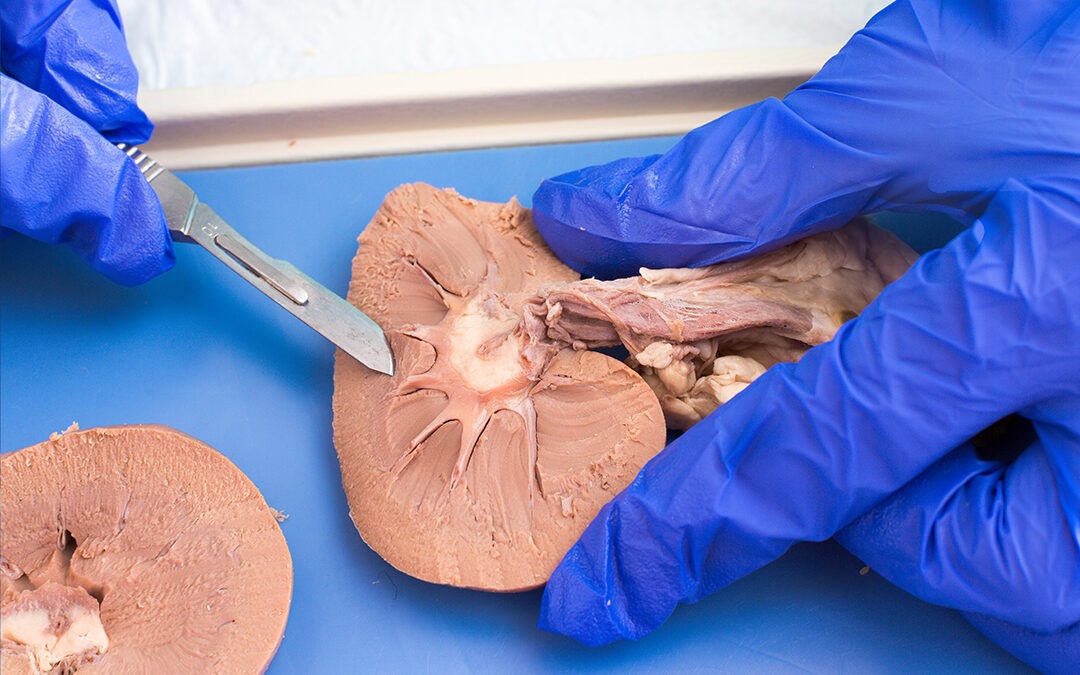Introducing Our Pathology Collection of Scalpel Blades
Behind the scenes of every doctor or surgeon’s office, there is another team of physicians working to help make patient diagnoses and come up with a treatment plan. These doctors are called pathologists.
Pathology is the study of disease. Pathologists, with the support of pathology assistants, examine organs, tissues, and bodily fluids, so they can help translate a patient’s symptoms and test results into a concrete diagnosis.
Specialties
Pathologists must be certified by the American Board of Pathology and generally focus on anatomic or clinical pathology.
Anatomic pathologists study tissue samples removed from living patients during a biopsy or other operating room procedure. They examine the samples with the naked eye, under a microscope, or through other laboratory tests.
Clinical pathologists test bodily fluids like urine, blood, and saliva.
Pathologists Role on the Medical Team
Pathologists help other doctors, surgeons, oncologists, and radiologists answer many critical healthcare questions.
For example, pathologists can help doctors determine if a tumor is dangerous or benign. Pathologists can help surgeons decide if they need to remove a patient’s lymph nodes to stop the spread of cancer. Pathologists can run lab tests to determine if diseases like diabetes are worsening or improving.
Pathologists are sometimes referred to as the doctor’s doctor and are a vital part of the medical team for every patient.
Sub-specialties
Pathologists can choose to focus their knowledge even further on one of several sub-specialties, including:
- Blood Banking/Transfusion Medicine
- Chemical Pathology
- Clinical Informatics
- Cytopathology
- Dermatopathology
- Forensic Pathology
- Hematopathology
- Medical Microbiology
- Molecular Genetic Pathology
- Neuropathology
- Pediatric Pathology
The field of pathology encompasses caring for all patients and uses cutting-edge technology like molecular diagnostics, DNA testing, and even artificial intelligence.
Pathology Blades
Surgical blades are most frequently used in the area of anatomical pathology. Cincinnati Surgical offers a premium collection of pathology blades designed for precision cutting and long-lasting durability. The collection includes:
- Size 22 – A larger version of the No.10 blade with a curved cutting edge and a flat, unsharpened back edge.
- Size 22B – This autopsy scalpel blade is like the No. 22 but specifically manufactured by Swann Morton.
- Size 40 – The No. 40 blade is shaped like the Z and can fit a surgeon’s scalpel handle 07PM.
- Size 40 Knife – A disposable No. 40 blade and handle combo with easy grip handle.
- Size 60 – The No. 60 blade has a slanted and triangular-shaped tip.
- Size 60B – Like the No. 60, but with a rounded edge and end.
- Size 70 – A smaller, slightly thinner version of the 60B blade.
In addition to these blade selections, Cincinnati Surgical has several options for scalpel handles and blade removers. For more information and pricing, see our collection of pathology supplies here: https://cssurgicalproducts.com/pathology/.


Recent Comments